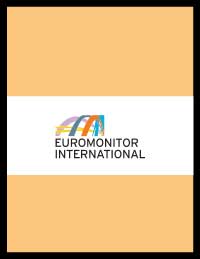The increasing number of intense hours spent on digital devices and gadgets, combined with sleep problems, has caused more dry eyes or tired eyes among consumers. Also, as Indonesians have started to return outside after the long lockdown period, it is expected that pollution will continue to cause eye problems, further boosting demand for eye care products in the country. However, the level of pollution has declined in Indonesian cities, which have been under PSSB measures, due to fewer people...
Euromonitor International’s Eye Care in Indonesia report offers a comprehensive guide to the size and shape of the market at a national level. It provides the latest retail sales data 2016-2020, allowing you to identify the sectors driving growth. Forecasts to 2025 illustrate how the market is set to change.
Product coverage: Allergy Eye Care, Standard Eye Care.
Data coverage: market sizes (historic and forecasts), company shares, brand shares and distribution data.
Why buy this report?
* Get a detailed picture of the Eye Care market;
* Pinpoint growth sectors and identify factors driving change;
* Understand the competitive environment, the market’s major players and leading brands;
* Use five-year forecasts to assess how the market is predicted to develop.
Euromonitor International has over 40 years’ experience of publishing market research reports, business reference books and online information systems. With offices in London, Chicago, Singapore, Shanghai, Vilnius, Dubai, Cape Town, Santiago, Sydney, Tokyo and Bangalore and a network of over 800 analysts worldwide, Euromonitor International has a unique capability to develop reliable information resources to help drive informed strategic planning.



